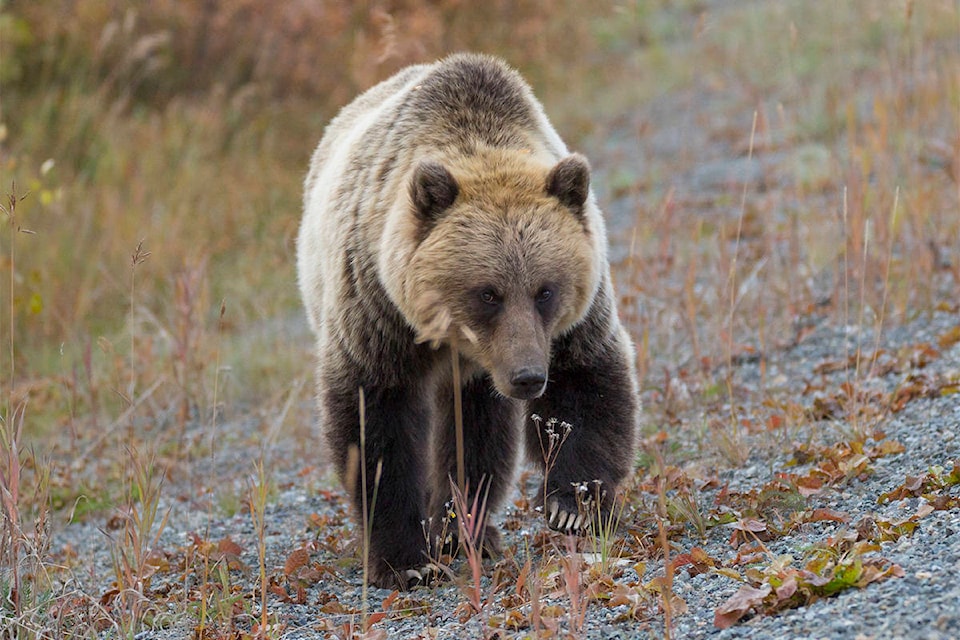A motion to dispose wildlife carcasses at a landfill in Sparwood was defeated during an RDEK board meeting last week in Cranbrook.
Fernie mayor Angie Qualizza tabled the motion, which would have directed the regional government to apply to the Ministry of Environment for a permit to use a Sparwood landfill for carcass disposal.
“For me, it’s about getting carcasses off the landscape and this motion isn’t suggesting that we’re going to put them into Sparwood’s dump,” said Qualizza, “it’s opening up a further discussion and review, if we do that, how can it be safe for the community?”
The motion was brought forward following concerns about carcass disposal attracting bears in the South Country and Elk Valley areas.
VIDEO: Carcass pits, rural attractants contribute to Jaffray bear conflict: biologist
The current method of roadkill disposal is to dump the carcasses in designated gravel pits. The Ministry of Transportation (MOT) allows highway contractor Mainroad to dispose of roadkill in this manner.
Carcasses are currently dumped at locations near Fort Steele, Elko and Hosmer, according to the RDEK.
A $25 tipping fee was recently waived to dispose carcasses at the Central Subregion Landfill 12 kilometres north of Cranbrook.
However, Qualizza’s motion caused pushback from other Elk Valley officials, who were concerned about site security at the Sparwood landfill and its proximity to the community.
“The challenge that we have is that just brings the bears that much closer; they’re still there. They just haven’t broken into the landfill that’s all, but they’re within one mile of town,” said David Wilks, the mayor of Sparwood.
“We have enough of a challenge as it is, as most communities do in the East Kootenay, and to have another one, in my opinion, for the District of Sparwood, is not a wise avenue.”
READ: RDEK takes steps towards reducing carcass pit use
Mike Sosnowski, the Electoral Director for Area A, noted his concerns that carcasses could serve as an attractant that would draw in more bears, much like what is already occurring near a mink farm in the Elk Valley.
Wilks added that the Sparwood landfill used to accept carcasses over 30 years ago, but stopped that practice after the bears dug their way in, and moved disposal to the Olsen Pit out near Hosmer. Currently, it only accepts construction and demolition waste.
With files from Phil McLachlan/Fernie Free Press
trevor.crawley@cranbrooktownsman.com
Like us on Facebook and follow us on Twitter
